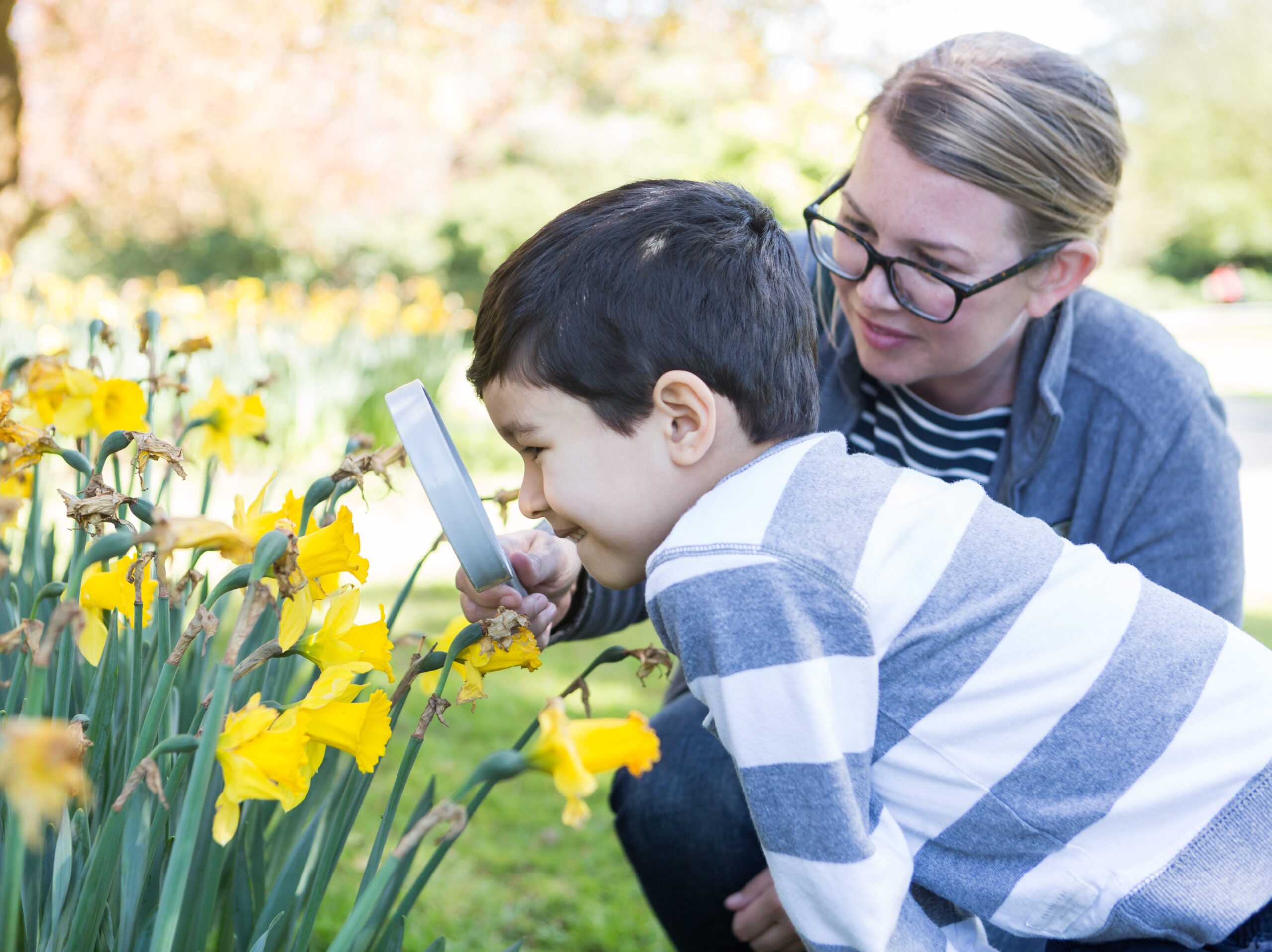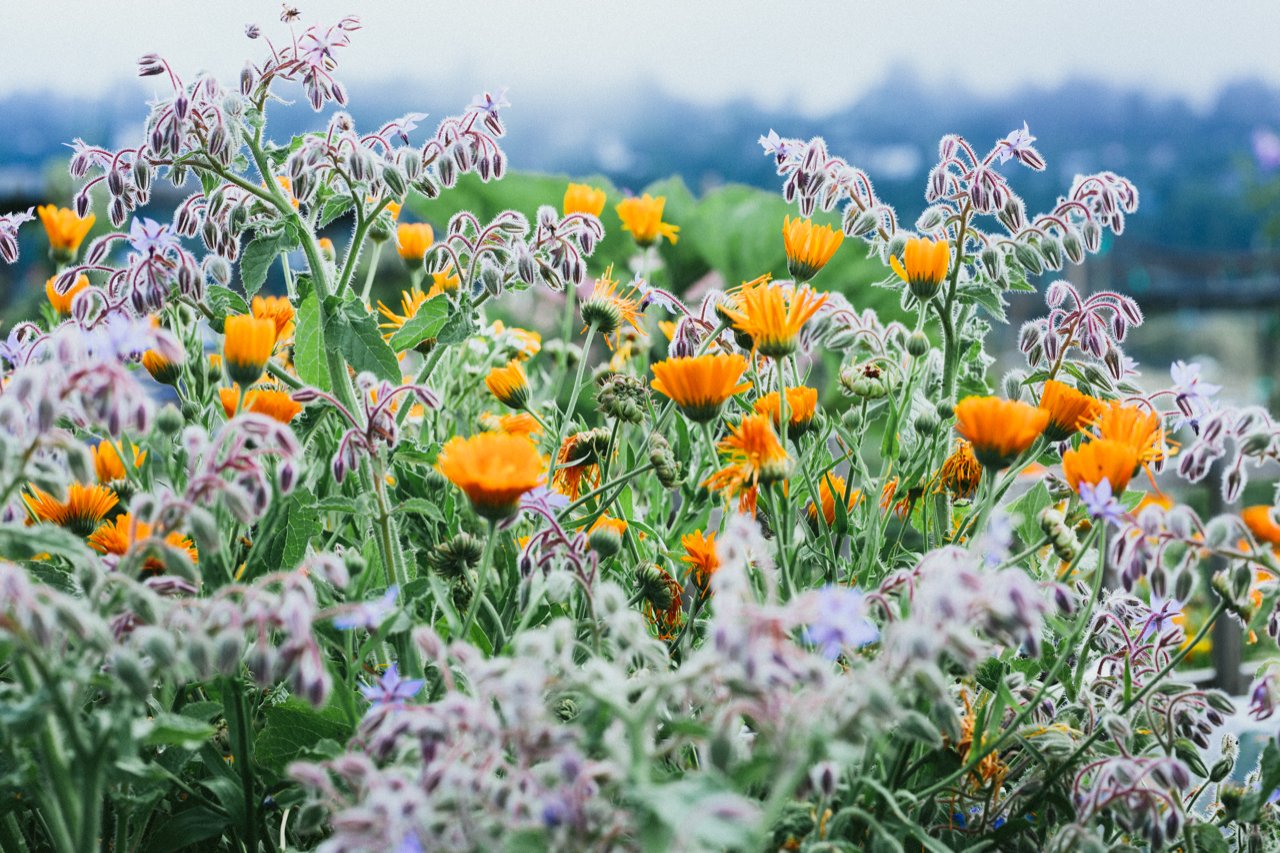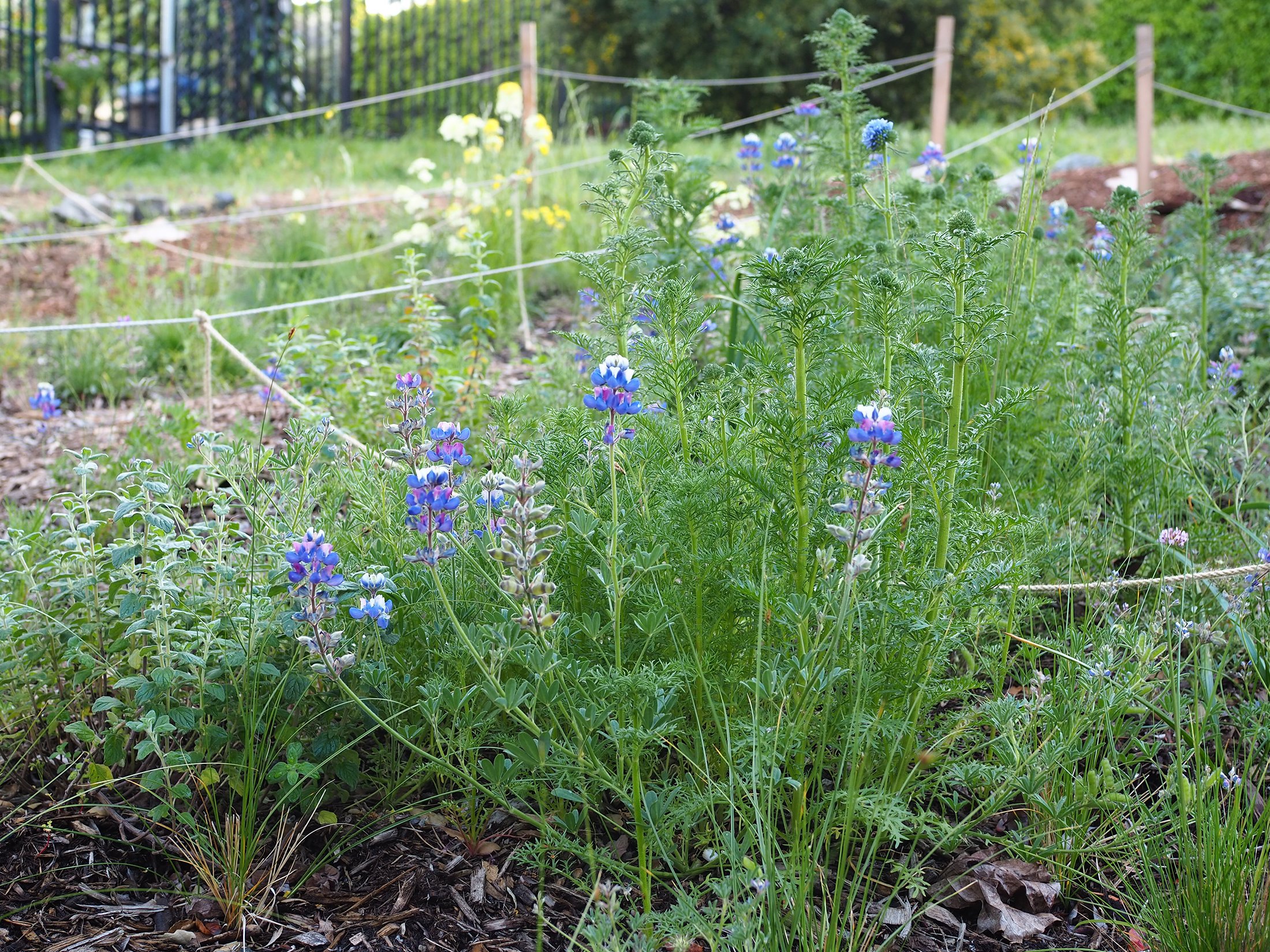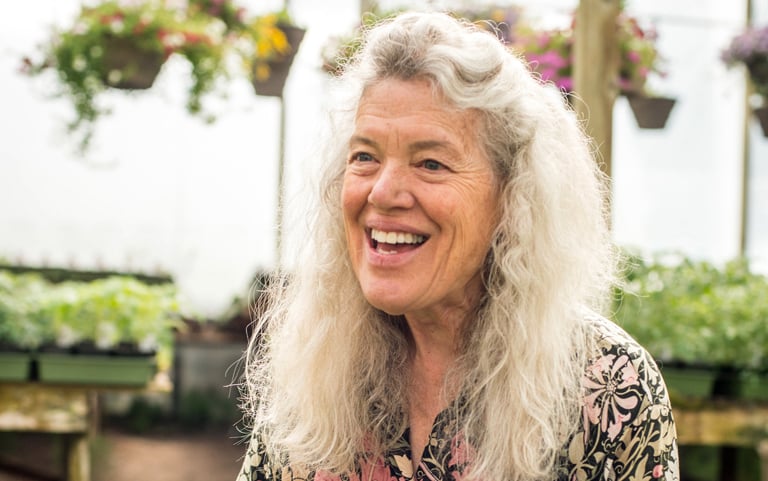

Contributor
- Topics: Archive, Nature is Good For You

In the early morning before the schoolyard is filled with activity, there is stillness in the garden. You can check on the plants growing from seed in the greenhouse, watch planes flying overhead from nearby Oakland Airport, and witness pollinators at work in the butterfly garden. Bay Farm School students start arriving from the neighborhood, stashing their bikes in a large bike-parking zone next to the garden.
Bay Farm Elementary School is up for a U.S. Department of Education Green Ribbon School award in 2016, the only public school in California to be nominated. The school gardening program has been going for about 15 years and is fully funded through the Parent Teacher Association.

I’m welcomed by Garner, the garden teacher whose name means “harvest.” She’s already spent an hour planning the day at home and mentions that “sometimes things change overnight” as we examine what’s growing in the garden and gather supplies for the first class.
Today, the fifth graders are tackling the construction of a new pea trellis. It turns out that Garner built a pea trellis when she was in fifth grade. Together, two students discuss the best method for cutting the posts down to equal lengths.
Another group works on pulling out fava beans to make room for tomato planting next month. Garner shows them what can go into the school’s compost bin, and how chopping the plants into smaller pieces helps them decompose quicker. My housemate Laura and I did the same thing in our backyard garden the week before; Laura was a garden teacher at Bay Farm last year. I asked the students why they think we planted fava beans and we end up closely examining the nitrogen-fixing roots.
One of the students asks what mallow is used for. I’m not familiar with the plant and realize that I am both a student as well as a “visiting teacher” of sorts. Luckily, Garner overhears our conversation and fills us in on the plant’s benefits.

Pulling out fava beans turns into a slug and snail hunting expedition. We’re free to get distracted and follow our curiosity.
Some fourth graders ask what’s going in after the fava beans. Garner explains that on a rainy day several weeks earlier the fifth grade class decided what to plant, taking into consideration plant rotation, sun mapping, companion planting, and plant height. She teases out that next year they’ll be responsible for planning the garden. There’s a sense of continuity—this is truly the kids’ garden that they’ll help cultivate over the course of six years. Even I haven’t continuously tended a garden for that long.
The garden curriculum progresses through each grade level, starting with kindergarteners looking at soil, water, and insects. By the time the kids are in fifth grade they’ve picked up horticultural skills and are learning about more in-depth ecosystems. We pick up the second graders from their classroom and get to see the posters they’ve made illustrating how soil is alive—the science and garden curriculums becoming interwoven.
One of the second graders says his little brother loves rosemary; Garner learns that his brother is in kindergarten, where they learned about rosemary a couple of weeks ago. Second graders are more talkative and bring a different kind of excitement to the garden. We’re gathering greens for today’s cooking lesson when one of the kids asks me what I do. When I tell them that I design gardens they respond, “So when people get their lawns taken away you can help.”

Everything is chopped, washed, and mixed together, and we’re waiting for it to finish cooking. Garner gets a dialogue going by asking, “What plants can we thank for this meal?” The kids respond together—“Thank you sorrel. Thank you beets. Thank you chard.”
After school, there’s time to finish up any projects that didn’t quite get completed due to impromptu slug hunts. Some kids swing by to see what’s new in the garden. A hand-painted sign hanging on the fence says, “Students at Bay Farm School all have green thumbs.” After seeing the garden in action today, I recognize the power of plants to set a stage for discovery and curiosity.
More photos from a day in the life of a school garden at Bay Farm Elementary






Share:
Social Media
Garden Futurist Podcast
Most Popular
Videos
Topics
Related Posts

January Showers Bring February flowers…
Fall 2022 It may not quite have the same ring to it as the old English proverb, but it has a lot more truth to

Healing Gardens
Spring 2022 Emily Murphy believes gardens hold the key to saving our health, our communities, and our planet. In her new book Grow Now Murphy

Your Keystone Plant Matrix with Garden Futurist Doug Tallamy
Spring 2022 Listen to the full Garden Futurist: Episode XIV podcast here. If you take Keystone plants out of your local food web, the food

A Botanical Force
Listening to Alice Doyle recount the origin stories of Log House Plants’ most popular introductions, educational campaigns, and innovative collections is a great way to










Responses